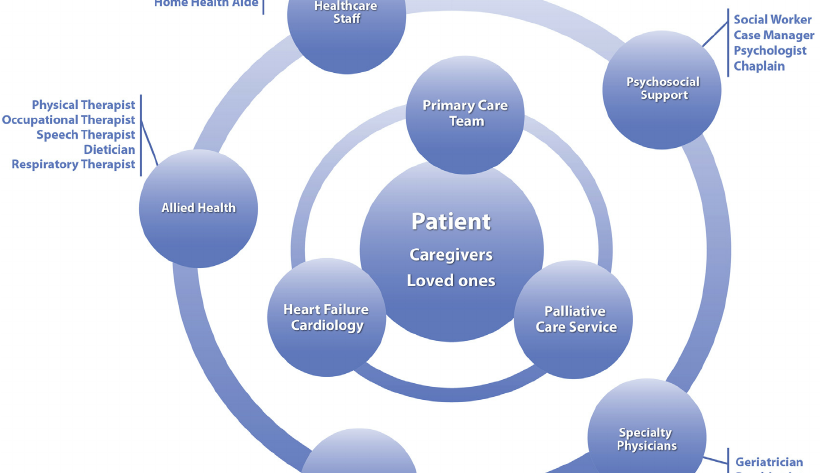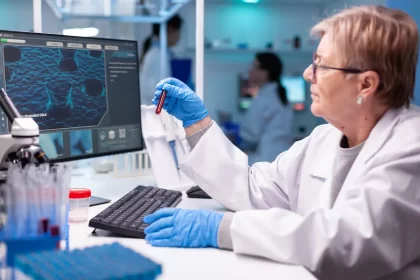In the world of health, collaboration often yields the best results. One powerful partnership is the teamwork between rehabilitation specialists and nutritionists. This duo addresses more than just symptoms. Together, they focus on healing the whole person. From joint pain to digestive health, their combined efforts can transform recovery. For example, those dealing with conditions like Gaithersburg TMJ can benefit greatly. The blend of physical therapy and tailored nutrition offers a comprehensive approach to wellness.
The Role of Rehabilitation Specialists
Rehabilitation specialists focus on restoring movement and function. They work with patients who have physical impairments due to injury, surgery, or chronic conditions. Through exercises and various therapies, they aim to improve mobility and reduce pain. This holistic approach helps patients regain their strength and confidence.
The Role of Nutritionists
Nutritionists, on the other hand, focus on dietary needs. They ensure that patients receive the right nutrients to support their recovery and general health. Proper nutrition can boost the immune system, decrease inflammation, and promote healing. A tailored diet plan can make a significant difference in recovery outcomes.

Why Collaboration Matters
When these two disciplines come together, the results can be remarkable. A rehabilitation specialist might focus on exercises to strengthen muscles. Meanwhile, the nutritionist provides a diet that supports muscle repair. This complementary approach can lead to faster and more effective recovery.
Real-World Benefits of Collaboration
Consider someone recovering from knee surgery. The rehabilitation specialist will guide them through exercises to regain strength and movement. At the same time, the nutritionist recommends foods rich in protein and antioxidants to support tissue repair and reduce swelling.
| Condition | Rehabilitation Focus | Nutrition Focus |
|---|---|---|
| Knee Surgery | Strengthening Exercises | Protein-rich Diet |
| Arthritis | Joint Mobility | Anti-inflammatory Foods |
| Back Pain | Posture Correction | Calcium and Vitamin D |
Case Study: Gaithersburg TMJ
For those experiencing Gaithersburg TMJ, collaboration offers promising results. Rehabilitation specialists might work on exercises to relieve tension in the jaw muscles. Meanwhile, nutritionists suggest avoiding foods that exacerbate symptoms. A soft diet can reduce strain on the jaw, aiding in the healing process.
Scientific Backing
Research supports the benefits of interdisciplinary collaboration. According to the National Center for Complementary and Integrative Health, combining different therapies can enhance treatment outcomes. A well-rounded approach addresses multiple facets of health, leading to improved patient satisfaction and recovery.
Implementing Collaboration in Practice
Successful collaboration requires clear communication and mutual respect. Specialists must understand each other’s roles and work towards common goals. Regular meetings and shared patient plans ensure that everyone is on the same page.
Challenges and Solutions
Despite the benefits, challenges exist. Coordinating schedules and aligning treatment goals can be difficult. However, digital tools and electronic health records can facilitate communication and ensure that all team members are informed and aligned.
Conclusion
The partnership between rehabilitation specialists and nutritionists proves that a united approach can enhance healing. When experts in movement and diet collaborate, they create a powerful force for recovery. Patients benefit from a comprehensive plan that addresses both physical and nutritional needs. Embracing this teamwork can lead to healthier, more resilient individuals.





